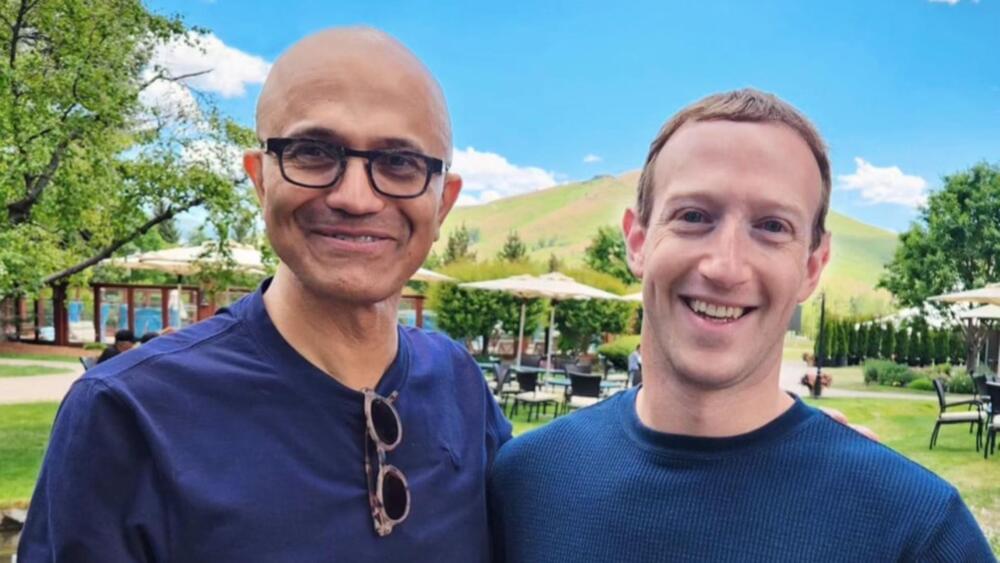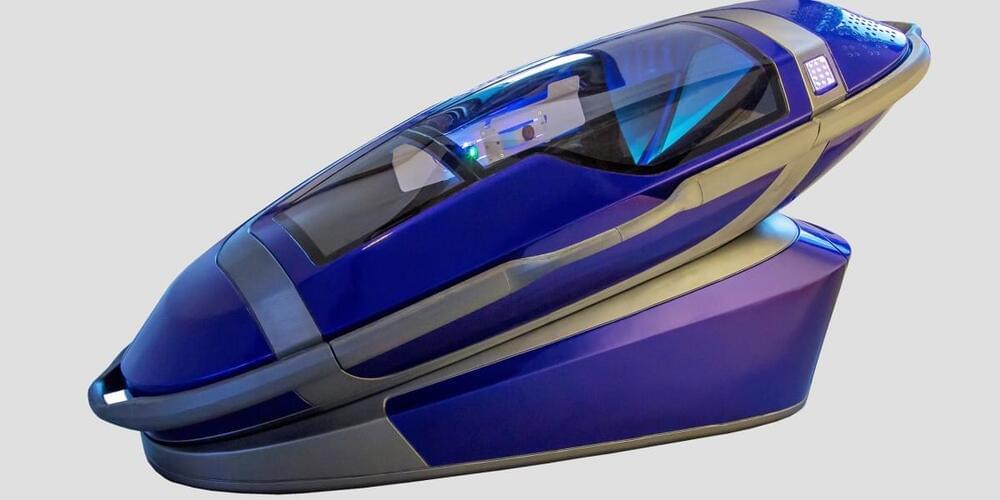Microsoft also has a collaboration with OpenAI, which mostly develops closed-source LLMs.
Meta has partnered with Microsoft to launch an open-source large language model like ChatGPT. Called LLaMa 2, it was trained on 40% more data in comparison to LLaMa 1, which Meta had launched in February.
What sets it apart from its competitors like OpenAI’s ChatGPT and Google’s Bard is that it’s open source.
By collaborating with Meta, which has always been a proponent of open-source models, Microsoft has its… More.
Instagram.
In a press release, Meta claims that LLaMa 2 has double the context length vs. LLaMa 1 and “outperforms” other LLMs like Falcon and MPT regarding reasoning, coding, proficiency, and knowledge tests.




